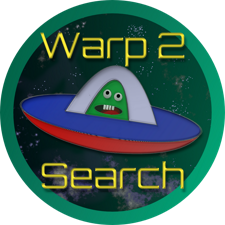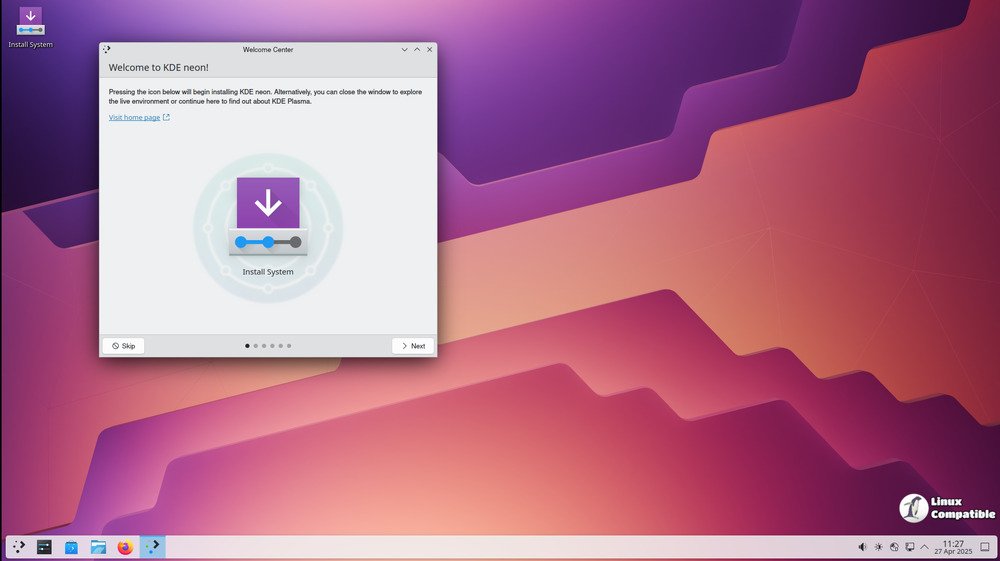KDE neon 20250918 has been released, marking the latest iteration of this innovative Linux distribution built on the stable foundation of Ubuntu LTS (currently version 24.04). KDE neon is designed for users who seek immediate access to the latest KDE software, primarily targeting adventurous and technically skilled individuals.
This distribution is characterized by its commitment to presenting KDE applications in their unaltered form, as intended by KDE developers. Users can choose from different editions: the stable "User Edition" for those seeking reliability, the "Testing" edition for individuals interested in trying out pre-release software, and the "Unstable" edition for those wanting to be at the forefront of development as beta testers. However, potential users should be aware that the latest software may come with stability trade-offs compared to other distributions that may delay updates.
KDE neon relies on the open-source Nouveau driver for NVIDIA graphics cards, which is adequate for standard desktop use, but it does not support the proprietary NVIDIA driver due to compatibility concerns. The distribution features a rolling release model specifically for KDE software, while the underlying Ubuntu system remains static, providing a blend of stability and access to the latest features.
Contrasting with standard Ubuntu, KDE neon offers more current Qt packages and cutting-edge KDE software, making it an appealing choice for users who prioritize the latest developments in KDE. The KDE neon team chose Ubuntu as its base due to their extensive experience with the distribution and its robust support network. While installing KDE neon is not overly complex, some familiarity with Linux systems can be beneficial for troubleshooting.
KDE neon entirely replaces Kubuntu, which means users cannot have both distributions installed simultaneously. Transitioning between the two can be challenging due to their overlapping features. Additionally, KDE neon focuses primarily on the Plasma desktop environment, with support for alternative desktops not recommended.
This 64-bit-only distribution is optimized for modern systems, with download options primarily through HTTP, though all images are GPG signed for security and integrity. Users can explore KDE neon through various live images, allowing for a trial or installation without impacting existing systems. There are four editions available: User, Testing, Unstable, and Developer, catering to different levels of risk tolerance and developmental needs.
In conclusion, KDE neon continues to be an excellent choice for users who enjoy exploring the latest KDE offerings while also benefiting from the stability of Ubuntu. It provides flexibility through its live images and distinct editions, ensuring that users can find the right fit for their computing needs
This distribution is characterized by its commitment to presenting KDE applications in their unaltered form, as intended by KDE developers. Users can choose from different editions: the stable "User Edition" for those seeking reliability, the "Testing" edition for individuals interested in trying out pre-release software, and the "Unstable" edition for those wanting to be at the forefront of development as beta testers. However, potential users should be aware that the latest software may come with stability trade-offs compared to other distributions that may delay updates.
KDE neon relies on the open-source Nouveau driver for NVIDIA graphics cards, which is adequate for standard desktop use, but it does not support the proprietary NVIDIA driver due to compatibility concerns. The distribution features a rolling release model specifically for KDE software, while the underlying Ubuntu system remains static, providing a blend of stability and access to the latest features.
Contrasting with standard Ubuntu, KDE neon offers more current Qt packages and cutting-edge KDE software, making it an appealing choice for users who prioritize the latest developments in KDE. The KDE neon team chose Ubuntu as its base due to their extensive experience with the distribution and its robust support network. While installing KDE neon is not overly complex, some familiarity with Linux systems can be beneficial for troubleshooting.
KDE neon entirely replaces Kubuntu, which means users cannot have both distributions installed simultaneously. Transitioning between the two can be challenging due to their overlapping features. Additionally, KDE neon focuses primarily on the Plasma desktop environment, with support for alternative desktops not recommended.
This 64-bit-only distribution is optimized for modern systems, with download options primarily through HTTP, though all images are GPG signed for security and integrity. Users can explore KDE neon through various live images, allowing for a trial or installation without impacting existing systems. There are four editions available: User, Testing, Unstable, and Developer, catering to different levels of risk tolerance and developmental needs.
In conclusion, KDE neon continues to be an excellent choice for users who enjoy exploring the latest KDE offerings while also benefiting from the stability of Ubuntu. It provides flexibility through its live images and distinct editions, ensuring that users can find the right fit for their computing needs
KDE neon 20250918 released
KDE neon version 0250918 has been released, offering users the latest edition of this unique Linux distribution built on top of Ubuntu LTS. The distro provides immediate access to the latest KDE software, catering primarily to adventurous and technically inclined Linux users who crave cutting-edge offerings.


